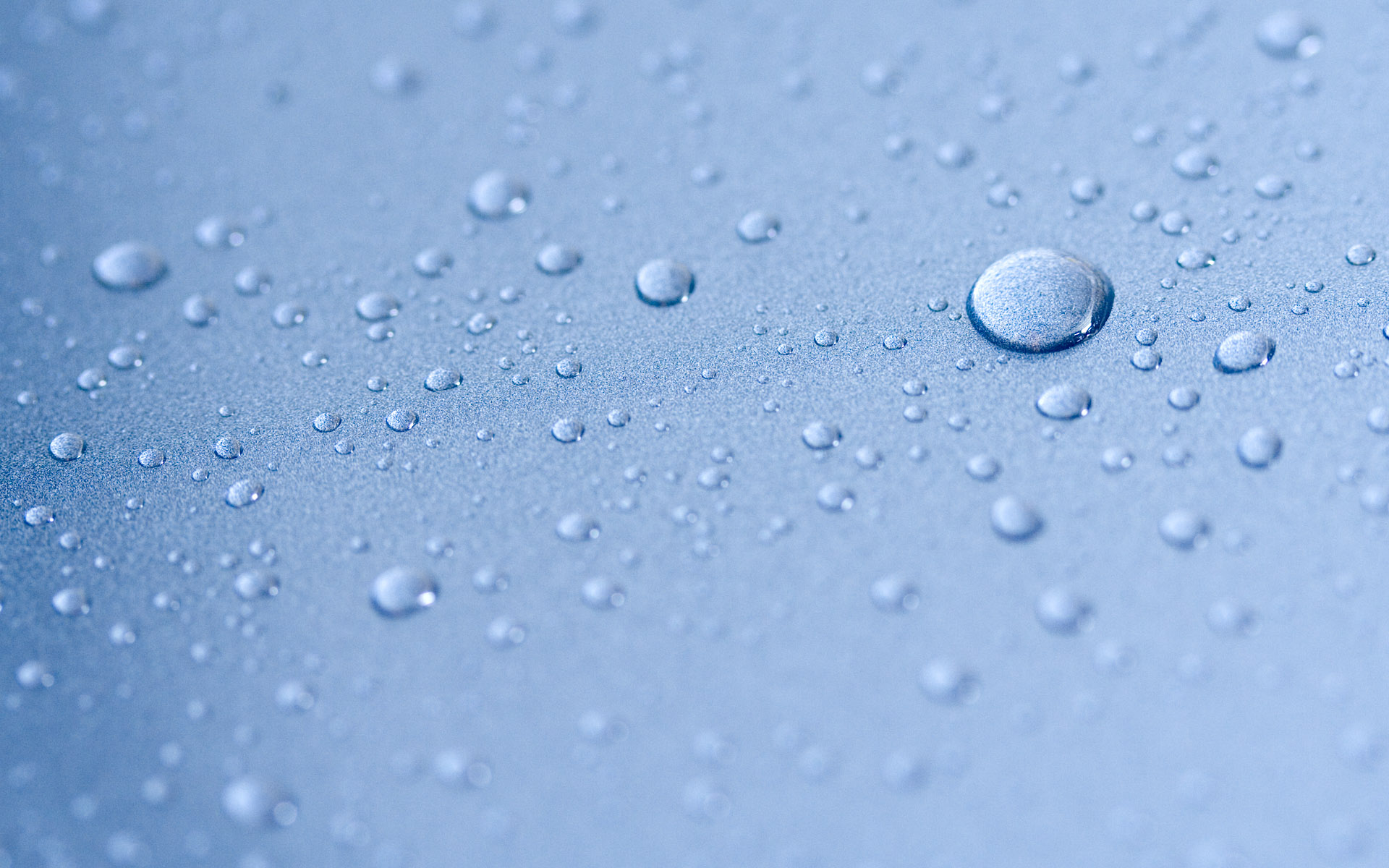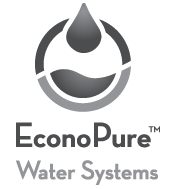- The surface of the earth is 70% water. Of that, 97% is seawater; unfit for human consumption.
- Of the remaining 3% of the world’s water resources, only about 1% is readily available for human consumption.
- Of the 1% that is readily available for human consumption, 50% is unsafe due to pollution
- The population is growing, the amount of water is static AND water use has been growing at more than twice the rate of the population increase since the last century
The Facts about the Global Drinking Water Crisis
One-in-six people in the world lack safe drinking water. Water-related illnesses are the leading cause of human sickness and death.
In many countries, the water problem is the primary reason people are unable to rise out of poverty. Women and children bear the burdens disproportionately, often spending six hours or more each day fetching water for their families and communities. But there is hope. Proven solutions to the water problem currently exist and promising new membrane technologies can economically deliver drinking water to a thirsty planet.
The Scope of the problem
• 1.1 billion people in the world do not have access to safe drinking water, roughly one-sixth of the world’s population.
• 2.2 million people in developing countries, most of them children, die every year from diseases associated with lack of access to safe drinking water, inadequate sanitation and poor hygiene.
• Half of the world’s hospital beds are filled with people suffering from water related illnesses.
• In the past 10 years, diarrhea has killed more children than all the people lost to armed conflict since World War II.
• Despite the size of the problem, we have made little progress against it. There were only 181 million fewer people living without safe drinking water in rural settings in 2004 (899 million) vs. 1990 (1.08 billion)
• 50 percent of people on earth lack adequate sanitation. Another way to look at it: Nearly half of the world’s population fails to receive the level of water services available 2,000 years ago to the citizens of ancient Rome.
• Lack of sufficient funding. It is estimated that, in 2004, only US$4b in overseas development assistance was provided to meet the UN’s Millennium Development Goal (MDG) around water, versus a projected need of approximately US$10b annually for basic water and sanitation services and an additional US$15b to US$20b annually to provide a higher level of service and to maintain existing services. Note that the MDG goal, reducing the number of people living without safe drinking water and sanitation by half by 2015, still leaves hundreds of millions of people without water and sanitation.
Women and Children
• Some 6,000 children die every day from disease associated with lack of access to safe drinking water, inadequate sanitation and poor hygiene – equivalent to 20 jumbo jets crashing every day.
• The average distance that women in Africa and Asia walk to collect water is six kilometers.
• Tens of millions of children cannot go to school as they must fetch water every day.
Dropout rates for adolescent girls, who even make it that far, skyrocket once they hit puberty as there are no private sanitation facilities at their schools.
Water Diseases
• 80 percent of diseases in the developing world are caused by contaminated water
• Waterborne diseases (the consequence of a combination of lack of clean water supply and inadequate sanitation) cost the Indian economy 73 million working days per year.
• It is estimated that pneumonia, diarrhea, tuberculosis and malaria, which account for 20% of global disease burden, receive less than one percent of total public and private funds devoted to health research.
• If we did nothing other than provide access to clean water, without any other medical intervention, we could save 2 million lives a year.
• The water and sanitation crisis claims more lives through disease than any war claims through guns.
— www.water.org
Geography
• In China, India and Indonesia, twice as many people are dying from diarrheal diseases as from HIV/AIDS.
• The average person in the developing world uses 2.64 gallons of water a day. The average person in the United Kingdom uses 35.66 gallons of water per day. The average person in the United States uses between 100 and 175 gallons every day at home.
• More than 40 million hours are wasted each year in Africa alone from women and children gathering water.
• In 1998, 308,000 people died from war in Africa, but more than two million (six times as many) died from diarrheal disease.
• It is estimated that 5.3 billion people, two-thirds of the world’s population, will suffer from water shortages by 2025.
Economics
• Every $1 spent on water and sanitation generates a return of $9 in saved time, increased productivity and reduced health costs in Africa.
— United Nations Development Program
• Water is a $400 billion dollar global industry; the third largest behind electricity and oil.
• The UN estimates it would cost an additional $30 billion to provide access to safe water to the entire planet. That’s a third of what the world spends in a year on bottled water.
— CBS News, FLOW
• An estimated 25% of people from cities in developing countries purchase their water from vendors at a significantly higher price than piped water. In some cases, it costs more than a quarter of their household income.
• Due to inadequate sanitation, Nigeria loses $9 billion (20% of its Gross Domestic Product) according to a World Bank study.
Consumption
• The average American uses 100 to 175 gallons of water per day.
• The average African Family uses 5 gallons per day.
• It takes 5 liters of water to make 1 liter of bottled water.
• Almost 70 percent of the available fresh water gets used for irrigation in agriculture.
• More than half of the water used for irrigation leaks, evaporates or runs off.
• It takes 2,900 gallons of water to produce one quarter pound hamburger (just the meat)
Our Planet
• 20 percent of freshwater fish species have been pushed to the edge of extinction from contaminated water.
• Half of the world’s 500 major rivers are seriously depleted or polluted.
• There are more than 300,000 contaminated groundwater sites in the United States.
• The water we drink today is the same water the dinosaurs drank—there is no new water.
These statistics are generally accepted by United Nation, World Health Organization and Millennium Development Goals.
Source: Bottom of Form
SourceS Blue Planet Network
Drinking water – Our water is mostly treated by deactivating bacteria and viruses and leaving them in the water we drink. Physically removing these very small ‘contaminants’ has been technically possible for years but expensive to do. EconoPure™ has developed a method to greatly simplify osmotic membrane treatment which can purify water to very high levels by removing the contaminants. The EconoPure™ system makes this high level of treatment affordable and simple.
Industrial water – Water used in industry is often discharged without proper treatment. This often contributes to pollution of our drinking water sources like rivers, lakes or underground aquifers. Industrial water can often be reused in various processes and the technology to do this has existed for years, however at punitive costs discouraging water reuse in most cases. EconoPure™ has developed a system to simplify making pure water.
Wastewater – Natural organic matter so small that it is dissolved in water is difficult to remove and so it is often ‘digested’ or consumed in an aerobic process. However, this process can be upset and an incomplete digestion leaves harmful contaminants in water discharged into the environment or reused. Physical separation with membranes eliminates this issue and EconoPure™ has a process for this that is affordable.


